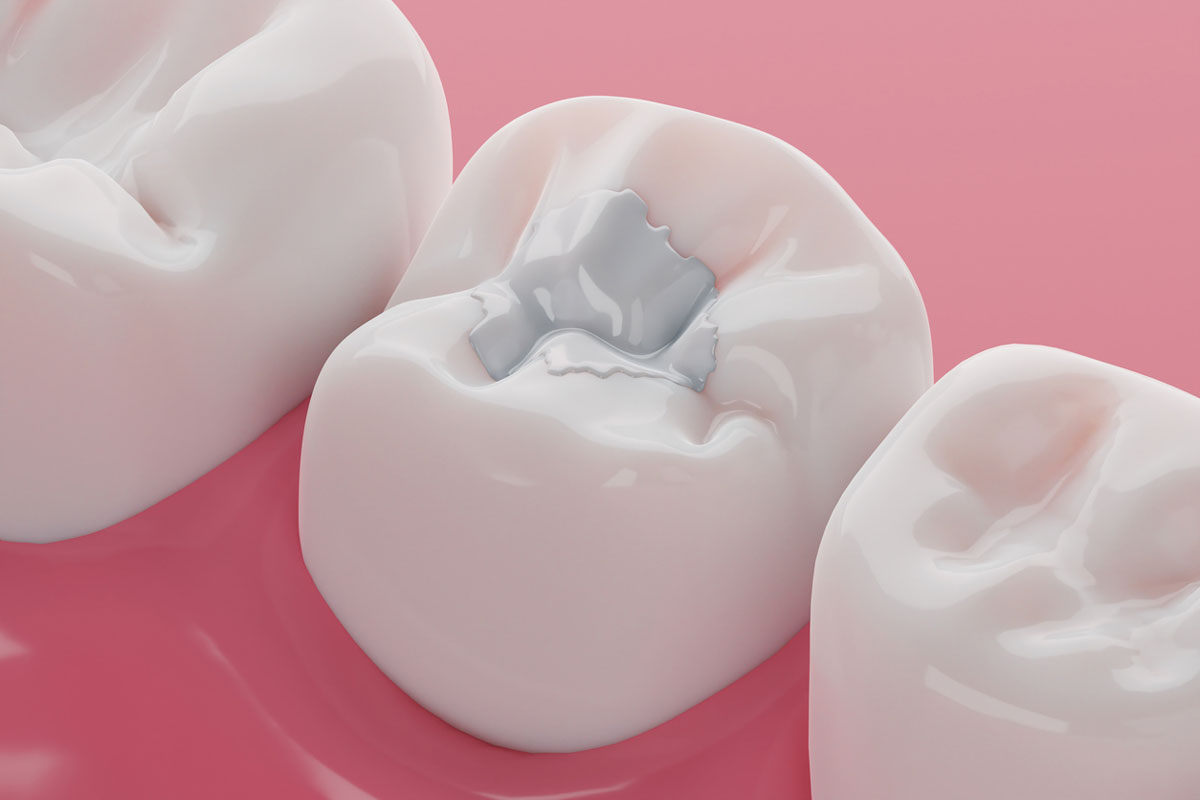Hitting the age of 30 often brings about a time of reflection—on career, relationships, and even health, including dental well-being. One common question that arises among adults is, “How many dental fillings are normal by the age of 30?” While there’s no one-size-fits-all answer, understanding the factors that contribute to dental decay and the number of fillings typically needed can offer clarity. If you are concerned about your oral health and exploring solutions, then getting a dental filling in Islamabad could be a proactive step toward preserving your smile.
The Average Number of Fillings by 30
By the age of 30, many adults have experienced at least a few cavities. On average, it is common for a person to have between 1 to 5 dental fillings. However, this number can vary depending on several factors including diet, oral hygiene habits, genetic predisposition, and access to regular dental care. Some individuals might have no fillings at all due to excellent oral hygiene and preventive care, while others may have a dozen or more due to early neglect or poor dietary choices.
Contributing Factors to Dental Fillings
1. Oral Hygiene Practices
The most significant factor in determining how many fillings a person might need is their daily dental routine. Brushing twice a day, flossing, and using mouthwash can significantly reduce the chances of tooth decay. Missing these steps frequently can lead to plaque buildup, cavities, and eventually the need for fillings.
2. Diet and Lifestyle
A diet high in sugar and acidic foods can erode enamel and feed harmful bacteria in the mouth. Snacking frequently, consuming sodas, and skipping water can all contribute to the rapid development of cavities. Smokers and individuals who consume alcohol regularly are also at a higher risk of tooth decay and, subsequently, more dental fillings.
3. Genetic Factors
Sometimes, even those who follow all the right steps end up needing fillings. Genetics can influence the strength of your tooth enamel, the shape of your teeth, and even the composition of your saliva. If your parents or siblings have a history of cavities, you may be more susceptible as well.
4. Fluoride Exposure
Fluoride helps strengthen tooth enamel and makes it more resistant to decay. Individuals who grew up in areas without fluoridated water or didn’t use fluoride toothpaste may find themselves needing more fillings by age 30 compared to others.
Types of Fillings Common at This Age
By 30, many people may have received different types of fillings depending on the cavity size and location. The most common types include:
- Amalgam Fillings: Durable and cost-effective, often used for back teeth.
- Composite Fillings: Tooth-colored and aesthetically pleasing, ideal for visible teeth.
- Ceramic or Porcelain Fillings: Long-lasting and stain-resistant but more expensive.
- Glass Ionomer Fillings: Often used for fillings below the gum line or for children.
The type of filling chosen depends on your specific dental needs and financial considerations, which your dentist will discuss with you.
Is It Normal to Have Multiple Fillings by 30?
Absolutely. Having several fillings by 30 is not uncommon and doesn’t necessarily indicate poor oral hygiene. Life happens—childhood habits, teenage neglect, or even an unexpected dental injury can result in cavities that require fillings. What matters more is the current state of your dental care. If you’re keeping up with regular check-ups and maintaining a strong oral hygiene routine, you’re already on the right track.
When Should You Be Concerned?
If you find that you need fillings during every dental visit, or your dentist is replacing existing ones often, that could be a red flag. Recurrent decay, brittle teeth, or improper filling materials might be contributing to frequent dental procedures. It’s important to seek care from a qualified and experienced dental professional who uses advanced techniques and materials.
Prevention is Key
While you can’t change the number of fillings you’ve already had, you can certainly work to reduce the number you’ll need in the future. Here's how:
- Brush your teeth twice daily with fluoride toothpaste
- Floss at least once a day to remove plaque between teeth
- Visit your dentist every six months for cleanings and check-ups
- Limit sugary and acidic foods
- Drink plenty of water to help wash away food particles
These preventive measures can go a long way in maintaining a healthy smile and minimizing the need for future fillings.
Why Early Dental Intervention Matters
Cavities don’t heal on their own. The earlier they’re detected, the easier and more cost-effective they are to treat. Small cavities can be filled quickly, often with minimal discomfort. Ignoring them, on the other hand, can lead to more complex problems like root canals, crowns, or even extractions. That’s why regular visits to a skilled dentist are so crucial.
Seeking Expert Care
If you’re in your 30s and concerned about the number of fillings you’ve had—or need—it’s important to choose a dental clinic that prioritizes patient comfort and uses modern techniques. Advanced diagnostic tools, high-quality filling materials, and experienced dentists can make a big difference in your treatment outcome.
For trusted care and customized solutions tailored to your dental needs, you can always rely on the professionals at Royal Cosmetic Surgery PK. Their team provides expert dental services with precision and a patient-first approach to help you maintain a confident, healthy smile well beyond your 30s.





Comments